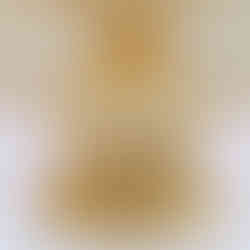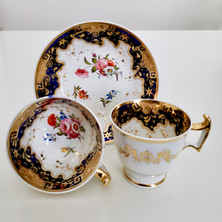Raised, chased, tooled
- willa

- Oct 18, 2019
- 2 min read
[click the < arrows > to slide!]
I am sometimes asked: what is the difference between "tooled" gilt and "raised" gilt? And what about "chased" gilt? The simple answer is: they are all the same. Perhaps a professional gilder will disagree, but then I'd love to hear in detail what the difference is, as I have not been able to find out myself!
Today we have a stunning piece of art: a vase in the Persian Revival style with a tooled/chased/raised gilt image of a very English spoonbill stork standing in the reeds, looking out for a juicy frog to catch. The vase itself was made to the highest specifications, and the decoration is stunning: you can see every feather of the stork, every little sprig and flower petal of the reeds, and the slight ripples in the water.
This technique of gilding is very difficult and expensive to carry out, and at Royal Worcester only two people had the capacity to do it to this level of perfection: James Callowhill, who left the pottery in 1883 to settle in the USA, and Thomas Morton, who worked at Royal Worcester from the 1880s to 1916. As this vase is from 1889, the decorator must have been Thomas Morton, although it is not signed; Morton had only just begun at the factory so perhaps had not yet acquired the right (and honour) to sign his work.
You can find it here in my shop... and if you always want to see the latest, follow my instagram feed... I post pictures and stories every single day.
Enjoy your weekend!
This week's new treasures:






































































Comments